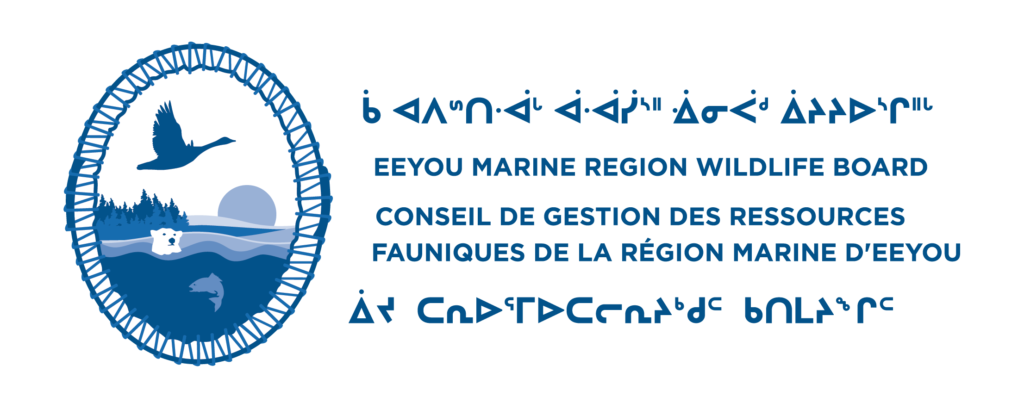Ascribing the importance of Atlantic brant staging areas for holistic conservation planning
PROJECT LEAD: Lindsay Carlson & Mitch Weegman (University of Saskatchewan)
DURATION: 2021-2025
AMOUNT AWARDED: $13,125 (2021-2022); $30,000 (2022-23)
Project Description:
The project focuses on the movements and behavior of Atlantic brant (Branta bernicla hrota; Iiywaapweu in Cree) among its breeding areas in the eastern Canadian Arctic, staging areas along James Bay, and wintering areas, primarily in New Jersey and New York. From 2000 to 2018, the Atlantic brant population fluctuated by around 200,000 individuals. Atlantic brant reproductive success can be extremely variable, often described as “boom and bust”, making the population sensitive to declines when several bust years accumulate over a short period. We propose to deploy 160 GPS tracking devices on Atlantic brant captured at wintering sites to provide key information on their behavior throughout the year. These data provide detailed information during staging in the Rupert Bay and southern James Bay area (herein referred to as the Waskaganish Marine Area). Our goal is to understand factors that affect decisions about whether to breed and the outcome of reproductive attempts (i.e., boom or bust). Tracking individuals also provides data about where individuals are and how they use landscapes in response to changes in food abundance or quality, such as variations in seagrass beds.
Our objectives are:
(1) To produce maps of locations and migratory routes of tagged Atlantic brant in James Bay and throughout the annual cycle;
(2) To work with Waskaganish community members to visit tagged Atlantic brant locations and to characterize habitat health;
(3) To describe the behavior of brant in specific habitats in the Waskaganish Marine Area and link with variation in seagrass health;
(4) To assess the relationship between migration attributes (e.g., seagrass health and distribution on staging areas) and productivity for a full annual cycle perspective.
This project is an international partnership among Canadian Wildlife Service, New Jersey Division of Fish and Wildlife, New York State Department of Environmental Conservation and University of Missouri. We are collaborating with the eelgrass team from the Coastal Habitat Comprehensive Research Project to merge the data from Atlantic brant locations with results on the location and quality of seagrass beds in James Bay.

Updates
- Lindsay was able to visit 20 traplines in Waskaganish, Eastmain, Wemindji, and Chisasibi with the help of 22 boat captains and assistants.
- They sampled vegetation at 76 marsh/grazing lawn sites and 52 eelgrass sites.
- In summer 2024, Lindsay plans to return to Eeyou Istchee to continue sampling!






